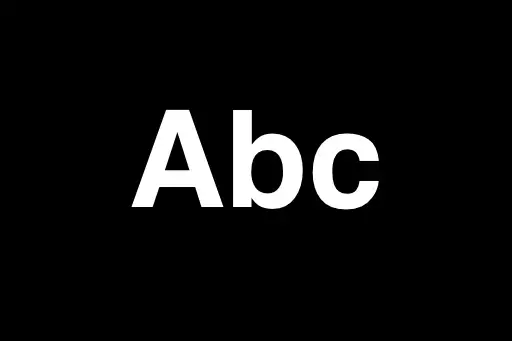Understanding the Problem
We are given a positive integer n, and we need to determine if it is a power of two.
A number is considered a power of two if it can be written as 2k where k is a non-negative integer. Examples include: 1, 2, 4, 8, 16, 32, and so on.
The key observation is that powers of two have exactly one bit set in their binary representation. For example:
- 1 =
0001
- 2 =
0010
- 4 =
0100
- 8 =
1000
If a number has only one bit set, then n & (n - 1) will be 0.
Step-by-Step Solution with Example
step 1: Understand what input we are working with
Suppose we are given n = 8.
The binary representation of 8 is 1000, which clearly has only one bit set.
step 2: Check if the number is greater than 0
We start by checking if n > 0. If it's not, we return false immediately because negative numbers and zero cannot be powers of two.
Here, 8 > 0, so we proceed to the next step.
step 3: Apply the bitwise trick n & (n - 1)
Let’s compute n - 1 which is 7. In binary, that’s 0111.
Now compute 8 & 7:
1000 (8)
& 0111 (7)
----
0000
Since the result is 0, this means n is a power of two.
step 4: Return true if result is 0, otherwise false
Because we got 0 from the bitwise AND, we return true.
Edge Cases
- n = 0: Not a power of two. Return
false.
- n = 1: Considered a power of two (
20). Return true.
- n = -8: Negative numbers can never be powers of two. Return
false.
- n = 18: Binary is
10010, which has more than one bit set. Return false.
Final Thoughts
This approach is highly efficient because it uses bitwise operations, which are fast and require only constant time.
For beginners, remember: the trick n & (n - 1) helps you check if there's only one bit set. That’s the magic behind detecting powers of two!
Always start with validating the input, especially for 0 and negative numbers.












Comments
Loading comments...